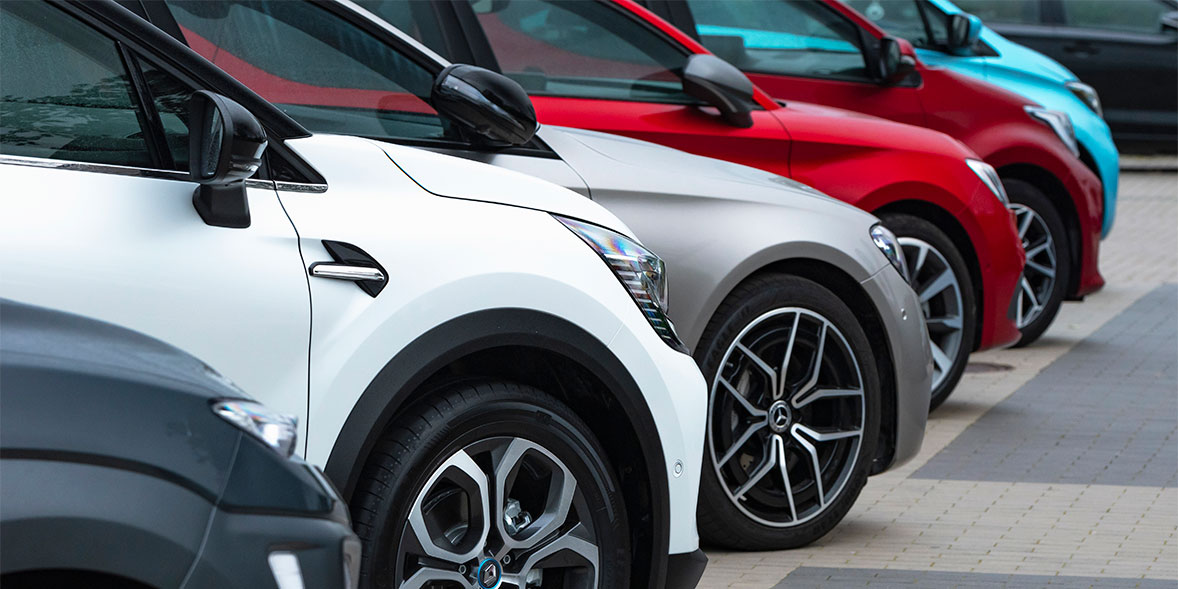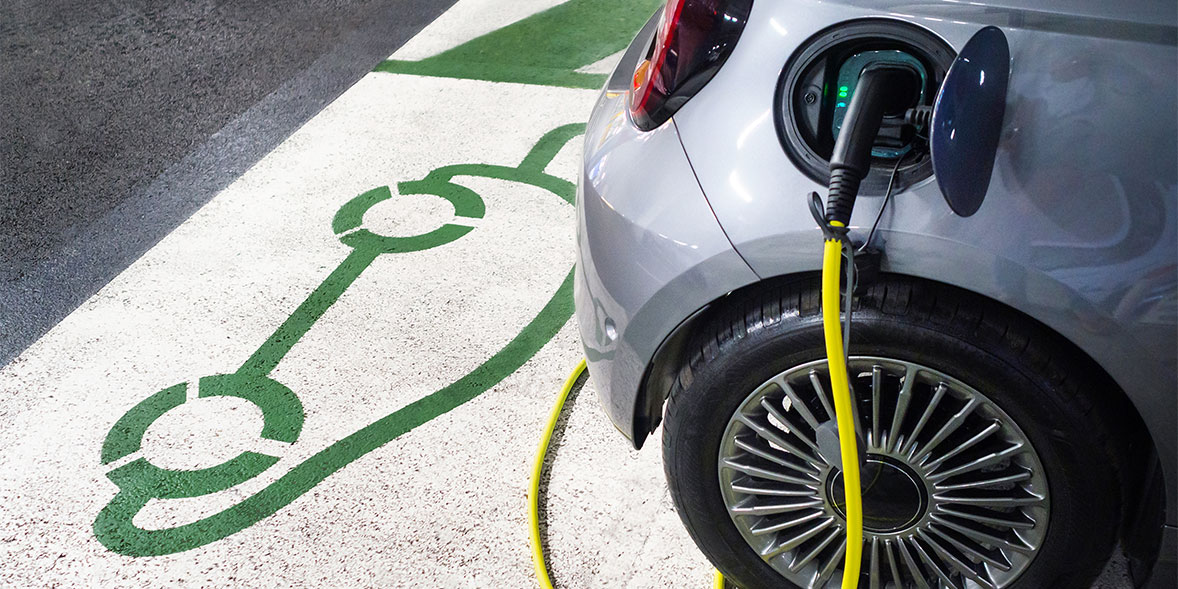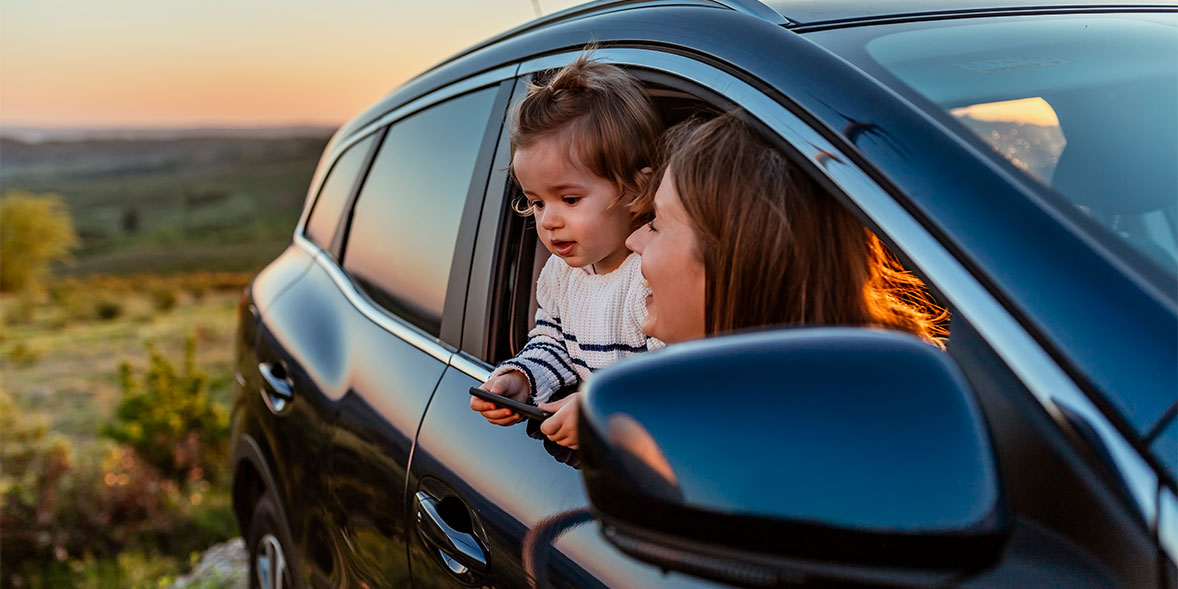
Which? Car Survey 2025: now open
Tell us about your car and be in with a chance of winning £2,500 (T&Cs apply).
Take part nowBy clicking a retailer link you consent to third-party cookies that track your onward journey. This enables W? to receive an affiliate commission if you make a purchase, which supports our mission to be the UK's consumer champion.

Starting the search for a new car opens up a world of choice but if you aren't sure what exactly you need, it often helps to start with a long-list. In this guide, we take you through the key car classes and point you in the right direction to find the best car for your needs.
Every car we test goes through hundreds of individual lab assessments, so you can trust our reviews. From measuring visibility with 360-degree cameras to the true amount of usable boot space, we leave nothing to chance.
Our mixture of scientific lab-controlled tests, real-world driving and unique survey data of more than 60,000 UK car owners means our new and used car reviews give you the full picture. Read on to find out what you need to know about all the classes of car we test.
The links below will take you straight to our dedicated pages that detail the very best cars in various categories. Otherwise, read on to help decide what sort of car is right for you.
Drive smarter and cut costs using our expert advice. Get our Cars newsletter – it's free, monthly
A hybrid car combines a petrol or diesel engine with an electric motor. To maximise efficiency, energy that would usually be lost as heat when decelerating and braking is recovered to a battery which, in turn, powers the electric motor. When referring to hybrids here, we mean 'full hybrids' or 'self-charging' hybrids. These differ from mild hybrids as mild hybrids can't be driven on electric power only; the motor is used to assist the petrol/diesel engine.
They are typically most effective in urban scenarios, where stop-start driving maximises the potential for energy recovery and low speeds allow most models to be driven solely on electricity, though normally only for short distances.
Furthermore, they’re cheaper to buy than a comparable full-electric model and get around the inconvenience of charging times and limited range. From a driver perspective, a full hybrid car is no different to own and operate than a conventional petrol car, although to get the best out of it you will need to adapt your driving style with a focus on planning ahead with gentle braking actions and acceleration.
One of the major benefits of hybrid cars is reduced fuel consumption. It’s even more noticeable with PHEVs, which can often complete daily drives on electric alone. We measure real-world fuel consumption in multiple scenarios, so you know how much each car costs to run.
Plug-in hybrid models (PHEVs) offer greater electric driving range (typically around 20-50 miles), thanks to a larger battery and can be drive on electric-only power at normal driving speeds, including on motorways. The idea is that you can do most of your day-to-day driving on electricity alone, while having the flexibility of a petrol engine for longer trips. However, to get anywhere near their impressive fuel-economy claims, you’ll need to keep the battery topped up as much as possible. Our tests have revealed that once it’s depleted, a PHEV can be less economical than a comparable petrol-only model.
Popular hybrid models include the Toyota Corolla, Honda Jazz, Kia Niro Hybrid, Honda Civic and Toyota RAV4.
See the top-scoring models in our guide to the best hybrid cars or see our pick of the best hybrid SUVs.

Smooth, cheap and emission-free driving is the dream that electric cars promise to fulfil, and there are plenty of models out there that offer exactly that.
But they aren’t for everyone. All but the very largest EVs won’t go as far on a single charge as a conventional fossil fuel-powered car, and charging times are longer than a quick fill-up at a service station. If you can charge at home and don't drive huge distances every week, this needn't be a great concern, though.
Electric cars can be extremely cheap to run, but only if you charge from home. And although the upfront cost of EVs can be high, the UK’s Zero Emissions Vehicle Mandate (ZEV) requires a certain proportion of manufacturers’ car sales to be EVs, meaning there are some huge discounts to be found on new or nearly-new EVs.
One issue you may want to consider is access to charging facilities. Unless you have a private home charger, you’ll be reliant on the more expensive public charging network – something to consider, particularly if you’re drawn to EVs for their potential cost savings. Find out more in our guide to EV charging costs.
If you're concerned about the reliability of EVs, the Which? car survey collates the ownership experience of thousands of owners to find out just how reliable their cars are. The information we collect informs our reviews; if a car is known to break down often, it can’t be a Best Buy.
Popular electric models include the Nissan Leaf, Kia Niro EV, Hyundai Ioniq 5 and Volkswagen ID.4.
See the top-scoring models in our guide to the best electric cars or check out our guide to the best small electric cars.

Tell us about your car and be in with a chance of winning £2,500 (T&Cs apply).
Take part nowThe traditional small hatchback remains a firm favourite among UK motorists, and it’s not hard to see why. The best models offer decent practicality, including comfortable seating for four, in a package that’s easy to park in a tight spot, with relatively low running and maintenance costs.
Small cars can be deceptively spacious. Some have clever designs that create surprisingly roomy interiors. Our lab tests measure available cabin and boot space across all cars, which often differ from manufacturer claims.
This is the car class where you are more likely to see compromises, though. Some models do without key safety equipment, such as centre airbags, which can affect their crash test scores negatively.
Popular small cars include the Honda Jazz, Skoda Fabia, Vauxhall Corsa, Ford Fiesta, Citroën C3 and Toyota Yaris.
See the top-scoring models in our guide to the best small cars.
Before the meteoric rise of crossover SUVs, the conventional medium-sized hatchback was the go-to family car. They’re consummate all-rounders that aren’t difficult to drive or park, while also offering long-distance driving comfort and sufficient space and practicality for everyday family life.
Buying a medium-sized car is one of the cheapest ways to get behind the wheel of a new model with a premium badge, although we’ve found plenty of examples in our annual survey where high-end marques have produced cheaper models that have turned out to be unreliable.
Our lab tests show there's a vast difference between the best and the worst, though. Read our reviews to find a medium-sized car that scores well for fuel economy, interior quality and – critically – passenger safety.
Popular models include the Volkswagen Golf, Vauxhall Astra, Mercedes A-Class, BMW 1 Series and Toyota Corolla.
See the top-scoring models in our guide to the best medium-sized cars.

As you’d expect, interior space in a large car shouldn't be an issue, and sizeable engines mean the extra weight won’t make for sluggish performance.
But while you’d expect all ‘large’ cars to have plenty of passenger and luggage space, our lab tests show not all of them deliver on their promise. Unlike car manufacturers' own space claims, our expert tests measure only truly usable space to help you compare the cars on your shortlist.
While once-popular large models from brands like Ford and Vauxhall are no longer available to buy new, there are still plenty of high-quality large cars from other brands. They also tend to be very well-equipped.
We test to see how well each seat is padded, looking in depth at lumbar, thigh and head support, so you know whether a car will give you backache after a long drive or protect you from whiplash in the event of a rear-end collision.
Popular large cars include the Toyota Prius, Tesla Model 3, BMW 3 Series and VW Passat.
See the top-scoring models in our guide to the best large cars.
The best small SUVs have oodles of cabin space while being as easy to drive as smaller cars, and offer a commanding view of the road.
To make sure visibility is good, we use a 360-degree rotating camera to measure exactly how much the driver can see, because huge door pillars and small rear windows can make parking a nightmare. Sensors, cameras and fully automated parking technology are increasingly common, but these extras shouldn’t come at the expense of a well-designed cabin.
Don’t be wooed by some of the low-cost crossovers, because sometimes you really do get what you pay for. We’ve found Don’t Buy small SUVs that are light on in-car tech and safety equipment.
You’ll also need to choose carefully to find a model that offers real practicality benefits over a regular hatchback. We measure everything from head and legroom, through to usable boot space.
Popular small SUVs and crossovers include the BMW X1, Hyundai Kona, Ford Puma, Nissan Juke and Kia Niro.
See the top-scoring models in our guide to the best small SUV and crossover cars.
They're typically spacious inside, but the interiors of large SUVs and 4x4s vary wildly. When determining the amount of interior space, we don’t just get in and stretch our legs – we use dummies to work out exactly how much head, leg and knee space each occupant will have and how comfortable even the tallest of passengers will be.
Sheer size doesn’t necessarily translate to great usability. Our tests have revealed models that can perform poorly in emergency manoeuvres and can sometimes be more hazardous in collisions with pedestrians and other vulnerable road users.
Don’t forget to sit in all the seats when you buy an SUV; sometimes the back seats are more cramped than the front. This is particularly true of coupé-style SUVs, because the sloping roofs can significantly diminish rear headroom. So unless you're not planning on using the rear seats very often, spare a thought for your passengers and read our reviews before you make a shortlist.
Popular models in the large SUV class include the Skoda Enyaq, BMW X5, Volvo XC90, Hyundai Tucson and Toyota RAV4.
See the top-scoring models in our guide to the best large SUV and 4x4 cars.
The best estates offer truly cavernous boots. Don’t get caught out by the manufacturers’ claims, though; some companies remove carpets and include the space designated for a spare tyre when measuring and reporting boot capacity. We use foam blocks to measure usable space, which give a more realistic figure as they ignore the small nooks that nothing practical can fit into.
There’s more to consider than just a large boot. If an estate is high off the ground or has a raised loading lip between the boot sill and floor, it may be difficult to load, especially if you’re carting heavy items around. Also, think about which nice-to-haves you’d like, such as an automatic boot opener, interior lighting and cubbies for essentials.
Popular estates include the VW Golf estate, Skoda Superb estate, Volvo V90 and BMW 5 Series Touring.
See the top-scoring models in our guide to the best estate cars.
They’re something of a dying breed, but there are still a number of great new MPVs available. The best offer decent boot space when all seats are occupied.
As with other car classes, we check to see how well MPVs cope with an emergency hazard-avoidance manoeuvre. We swerve around objects at up to 56mph to make sure a car remains stable and controllable, even under extreme conditions.
Our testing has found cars that can’t handle sharp turns at high speeds and can skid to the point where you’ve effectively lost control of the vehicle, which can lead to serious accidents.
Some MPVs have sliding doors that can make it easier to get in and out, particularly in cramped parking spaces. However, we’ve found that some large MPVs have heavy sliding doors that some passengers may find difficult to open and close, or that can slide back on inclines, potentially posing a risk of injury.
Popular people carriers include the Citroën C4 Picasso, Ford S-Max and Volkswagen Touran.
See the top-scoring models in our guide to the best MPVs.
Having lots of seats is all well and good, but if the car is cramped and hard to get into, those extra seats aren’t much use. You're not limited to MPVs when looking for seven-seaters, either; several large SUVs come with a third row of seats.
The best 7-seaters have a sizable boot and won't be cramped, even when all the seats are in use. We also check to see how easy it is to enter any car, which can be a real consideration if you or a family member has mobility issues.
If you have young children and need space for more than one child car seat, make sure you check which seats are suitable. Our reviews will highlight where car seats will and won’t fit, and we’ll also say where it’s possible to fit them side-by-side.
Popular models available with seven seats include the BMW X7, Skoda Kodiaq, VW Touran and Ford S-Max.
See the top-scoring models in our guide to the best 7-seater cars.
Our tests go further than those carried out by other organisations and, because Which? is independent, you can trust our reviews to give you the full, honest and impartial truth about every car we test.
Every car we review is subjected to more than 300 individual tests in a lab, on a test track and on real roads, allowing us to report accurate miles-per-gallon figures that you can rely on. We also include a motorway test – something that official tests don't cover.
Testing in controlled lab conditions means the results we collect are directly comparable between different cars, helping us determine which models are better so you can find the perfect vehicle for your needs.
And so you know which models are likely to prove reliable for years to come, we also gather feedback from thousands of UK car owners through the annual Which? car survey and use it to generate detailed reliability ratings for the cars we test.
Read more about how we test cars.
Find the right policy for your vehicle using the service provided by Confused.com
Get a quote now